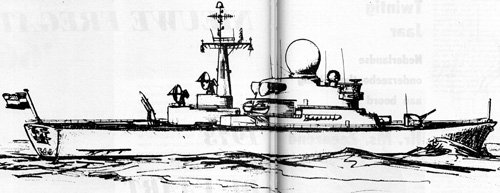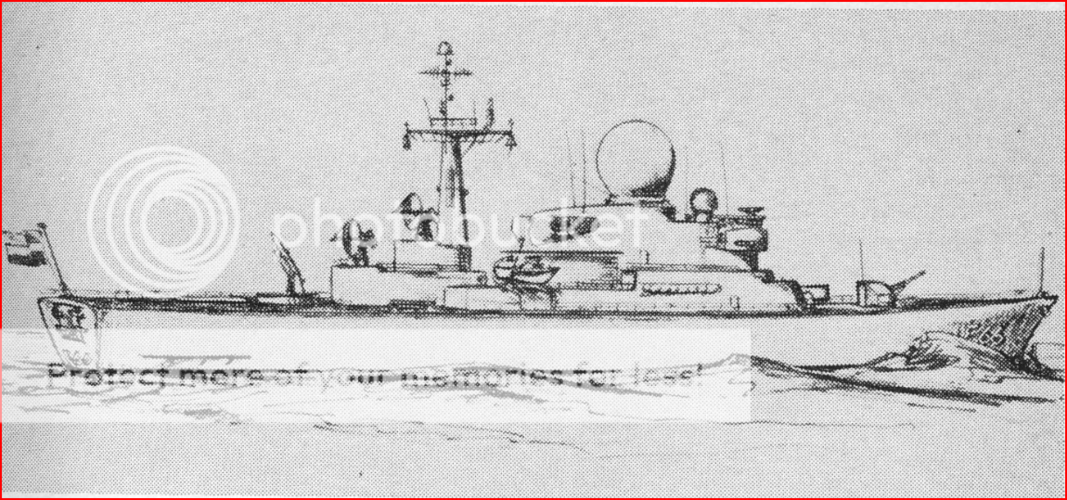- Joined
- 15 July 2007
- Messages
- 4,887
- Reaction score
- 4,552
We know Sea Dart was in the running for the Dutch Navy's new frigate. But in real history they ended up choosing Standard (Tartar System) instead.
What's thee repercussions if this had gone differently and they do choose Sea Dart?
Does the Dutch frigate turn out as described? French 100mm gun, single director Sea Dart, EDO 610 sonar and Type 988 with link 10.
Do we see success with others?
Spain?
Germany?
What's thee repercussions if this had gone differently and they do choose Sea Dart?
Does the Dutch frigate turn out as described? French 100mm gun, single director Sea Dart, EDO 610 sonar and Type 988 with link 10.
Do we see success with others?
Spain?
Germany?





